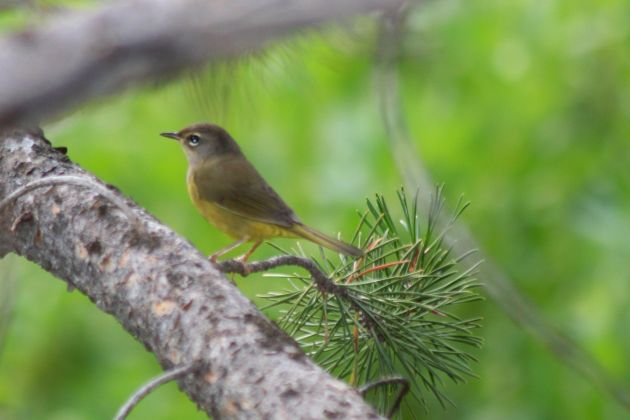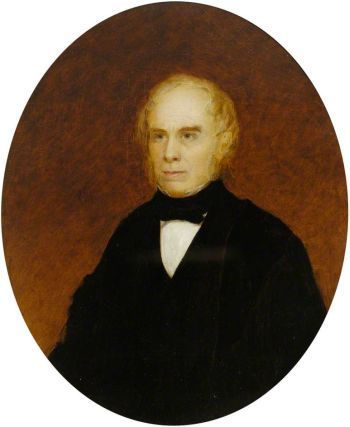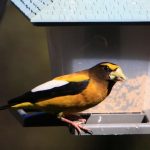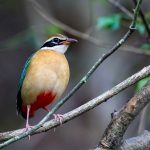
The most recent addition to my life list is the Northwestern Crow, but its name is boring and it probably isn’t even a proper species anyway.
The second-most-recent addition to my life list, however, is the MacGillivray’s Warbler, which is a bird named after a dead white guy, yes, but it also illustrates several interesting things about the rough-and-tumble process of ornithological nomenclature, to whit:
1. It’s all about who knows who…. and as the bard said, then over here you got favoritism. MacGillivray’s Warbler is named for William MacGillivray, a Scottish naturalist who did most of his work in the British Isles and knew a lot more about Carrion Crows* and Hen-Harriers than American wood warblers, but who did have the good sense to say nice things about John James Audubon.
Not really a warbler-looking guy.
2. Bird names can end up with a lot of step-parents. JJA took the liberty of naming the MaGillivray’s Warbler after MacGillivray even though John Kirk Townsend had already named it after a completely different Scottish guy, William Fraser Tolmie. Tolmie lives on in the scientific name of the species, Geothlypis tolmiei. At no point that I am aware of did anyone try to name the bird after Alexander Wilson or, say, Tilda Swinton, although Swinton’s Warbler would be a great name, I’m calling it right now.
3. Poetry beats nepotism but nepotism beats geography. The MacGillivray’s Warbler is closely related to the Mourning Warbler, and Mourning Warbler is both easier to spell and more enjoyable to say. But as the Northwestern Crow and my other lifer of the trip, the Pacific-Slope Flycatcher, so sadly demonstrate, if the Mourning and MacGillivray’s Warbler were being split today we’d probably be stuck calling them the Eastern and Western Gray-Headed Yellowthroat. Ugh. It goes to show that dead white guys are at least good for something, after enough Scotch.
*No seriously, he proposed splitting the Hooded Crow and Carrion Crow like a hundred and fifty years before DNA technology caught up to the idea, which makes him some kind of birder prodigy/saint.
Feature image by Kati Fleming, used under a Creative Commons license. Portrait of William MacGillivray by an unknown artist.













I think the challenge of spelling (and saying) “MacGillivray’s Warbler” properly reflects the challenge of finding and identifying one.
I like Western Grey-headed Yellowthroat. And if I say nice things about you, will you name a murderous psychopath after me in one of your best-selling up-coming novels?